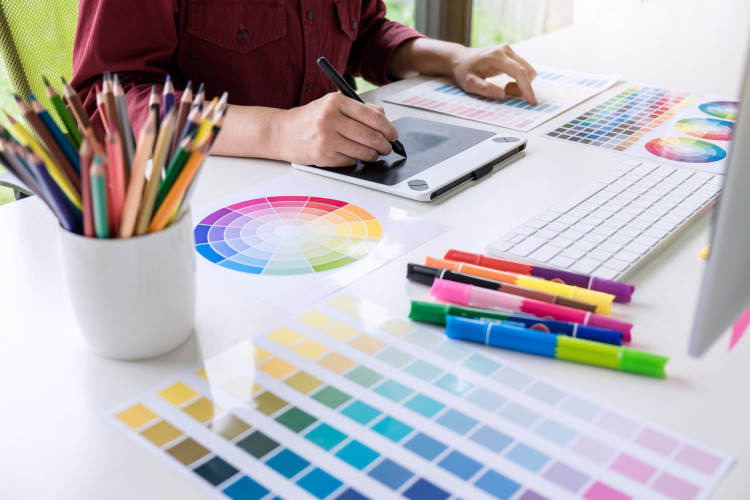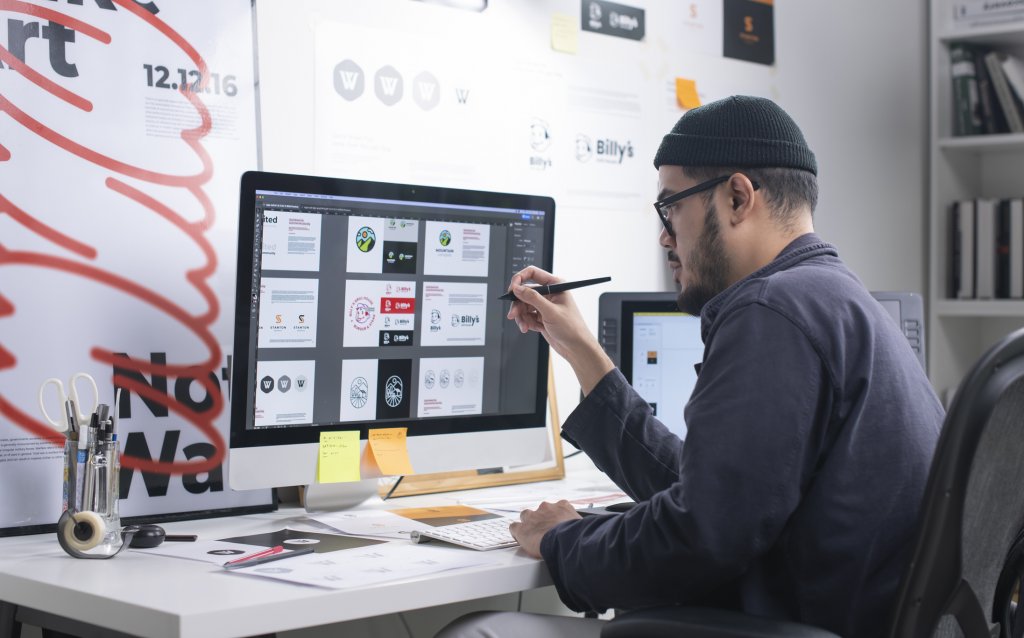Visual storytelling is at the forefront of brand communication as screens expand and technology becomes more integrated. But why are images the key to transcending audience barriers and how can they transform even the most data-heavy content?
We want to see pictures
Whilst no two people are the same, we share some fundamental similarities. Regardless of our experiences, areas of specialism, or audience segmentation, we are wired to react to visual stimuli.
The media we consume and digital channels we live our lives on have followed an almost linear path towards preferring imagery and visual content, driven largely by engagement data. Our tech has been developed to integrate screens alongside connectivity and ‘smartness’.
The phones we base our lives around are in a race to remove every millimetre of blank space. The average screen size will top 6 inches this year, as manufacturers start exploring options such as flip or roll screens that would enable this trend towards viewing experience whilst improving portability.
Storytelling in a snapshot
We consume visual information more quickly than we do text, and we have the ability to embed subtle messaging and nuanced cues of emotion in a way that is far more difficult with words.
Images are processed in the brain at 60,000 times the speed of text, suggesting a much more efficient transfer of information.
Connecting with a broad audience
Even more powerfully when considering brand activities and campaigns that need wider reach, imagery has a unique ability to transcend audience barriers. It can be agnostic to language and cultural specifics and find a way around traditional platform limitations with flexibility in format, channel, platform (and branding references).
It's time for slow uptake sectors to catch up
Images have the power to ignite imagination, inspire empathy, and leave a lasting impression on the viewer. Counterintuitively, the sectors that could benefit most from these positive impacts have been some of the slowest to realise the potential for visual storytelling.
Hard-to-consume information formats such as whitepapers, annual reports, and ESG announcements are ripe for reappraisal but remain ingrained in some of the more traditional, risk-averse or less progressive individuals and organisations.
Here is some inspiration to show how even the most data and information-heavy brand publications can be reinterpreted as visual assets:
The Mailchimp Annual Report is delivered as a horizontal scrolling journey through a colourful illustrated world. As the background moves, each screen unveils analytics and other data embedded into visuals. It becomes an interactive animated experience that’s both fun and informative.
File transfer platform WeTransfer released their Ideas Report aimed at a leadership audience to communicate how workspaces are changing. Scrolling functionality and highlights do an excellent job of breaking up the content and bringing attention to major points.
The Spotify Culture Next advertising roundup reimagines heavy data into an immersive digital experience, communicating high-level details about consumers and music, and embedding a call to action for download of the full report.
Can you tell your brand story using fewer words? Get in touch at [email protected].







